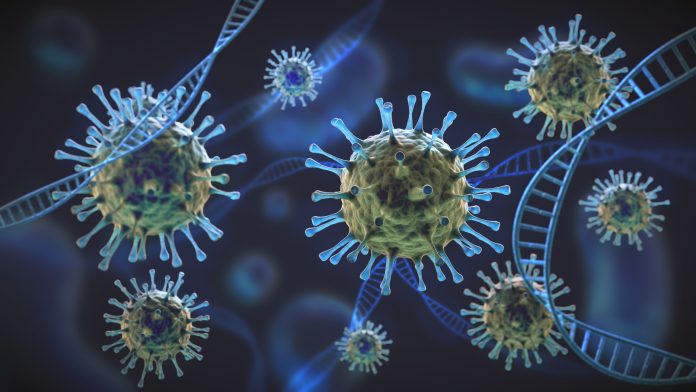
Researchers have identified broad-spectrum antivirals that can act against several families of RNA viruses with pandemic potential.
While it is difficult to determine what will cause the next pandemic, the team states in Cell Reports Medicine that viruses born by arthropods are some of the lead candidates.
Those with track records for causing epidemics include RNA viruses carried by daytime feeding mosquitos and belonging to the families Togaviridae—including Chikungunya (CHIKV) virus—and Flaviviridae, such as Dengue, West Nile, and Zika viruses.
The investigators screened innate immune agonists for antiviral activity that targets pattern-recognition receptors, which recognize pathogen-associated molecular patterns to induce immune responses.
Those assessed included toll-like receptors (TLRs) 3 and 8, stimulator of interferon genes (STING), NOD, Dectin, and cytosolic DNA or RNA sensors.
After initial screening in fibroblast cells, the team validated their strongest hits and examined which could inhibit multiple families of viruses in human cardiomyocytes and mouse models.
“The most potent and broad-spectrum antiviral agents identified in the study were cyclic dinucleotide (CDN) STING agonists, which also hold promise in triggering an immune defense against cancer,” said senior author Vaithi Arumugaswami, PhD, an associate professor at the UCLA department of molecular and medical pharmacology.
“A robust host antiviral response induced by a single dose treatment of STING agonist cAIMP is effective in preventing and mitigating the debilitating viral arthritis caused by Chikungunya virus in a mouse model.”
Overall, Dectin-1 and cyclic GMP-AMP synthase (cGAS)-STING pathway agonists exhibited broader antiviral activity than others.
The researchers identified particular importance in the cGAS-STING pathway, which is an essential component of the innate immune system that detects the presence of non-nucleosomal viral, bacterial, or damaged cellular cytosolic DNA.
The STING activator cAIMP blocked infection from multiple families of RNA viruses, including Zika, West Nile, CHIKV, and SARS-CoV-2. It was also effective in treating CHIKV-mediated chronic arthritis in a mouse model of disease.
The Dectin-1 ligand scleroglucan exhibited antiviral activity by preventing infection of fibroblasts by arboviruses, as well as moderately reducing CHIKV replication in pluripotent stem cell-derived cardiomyocytes.
There was direct evidence that CHIKV, West Nile virus, and enterovirus-D68 pathogens could directly infect human heart cells.
The study further showed a greater number of gene dysregulations and a higher viral load with CHIKV than other viruses.
This suggests that CHIKV had faster replication kinetics in vitro models than West Nile or Zika virus
Previous studies have shown that, even in cases of coinfection with other viruses such as Dengue or Zika virus, CHIKV virus replication has been found to be either unaffected or to result in decreased replication of the coinfecting virus.
The researchers says their findings have been substantiated in other studies and suggests a ready path to widespread infection and greater pandemic potential for CHIKV virus.
“At molecular level, CHIKV contributes to robust transcriptional (and chemical) imbalances in infected skin cells (fibroblasts) compared to West Nile Virus and ZIKA Virus, reflecting a possible difference in the viral-mediated injury (disease pathogenesis) mechanisms by viruses belonging to different families despite all being mosquito-borne viruses,” said senior researcher Arunachalam Ramaiah, a senior scientist in the City of Milwaukee health department.
“The study of transcriptional changes in host cells reveals that cAIMP treatment rescues (reverses) cells from the harmful effect of CHIKV-induced dysregulation of cell repair, immune, and metabolic pathways.”
